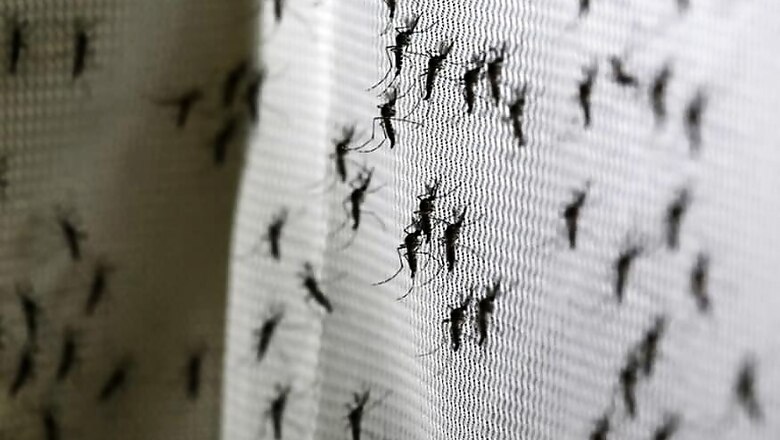
views
Dengue cases in India are far from decreasing. Twenty-six people have been tested dengue positive in the jurisdiction of Nashik Municipal Corporation (NMC) in the first week of October.
Total number of positive dengue cases has reached 368 between January 01 and October 7 this year against 533 last year. But the number of dengue positive cases during the same period have dropped to 342 cases, The Times of India reported.
“There have been rains with gaps of few days in past one-two months. This led to a rise in dengue positive cases. But once the rains are over, the number of dengue positive cases will decline. We are already taking all the measures to prevent dengue in the city,” said NMC officials.
Dengue is fast emerging pandemic-prone viral disease in many parts of the world. Dengue flourishes in urban poor areas, suburbs and the countryside but also affects more affluent neighbourhoods in tropical and subtropical countries.
Severe dengue (previously known as dengue haemorrhagic fever) was first recognized in the 1950s during dengue epidemics in the Philippines and Thailand. Today it affects Asian and Latin American countries and has become a leading cause of hospitalization and death among children and adults in these regions.
The full life cycle of the dengue fever virus involves the role of mosquito as a transmitter (or vector) and humans as the main victim and source of infection.
In humans recovery from infection by one dengue virus provides lifelong immunity against that particular virus serotype. However, this immunity confers only partial and transient protection against subsequent infection by the other three serotypes of the virus. Evidence points to the fact that sequential infection increases the risk of developing severe dengue. The time interval between infections and the particular viral sequence of infections may also be of importance.




















Comments
0 comment